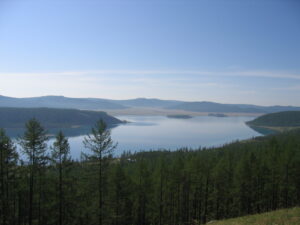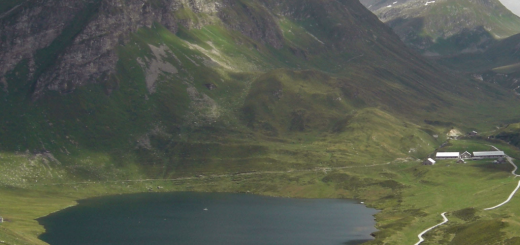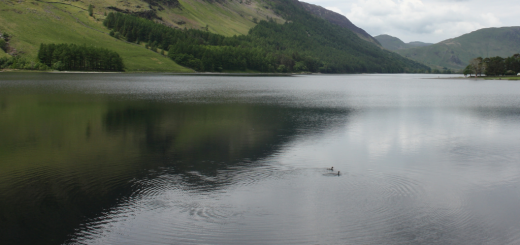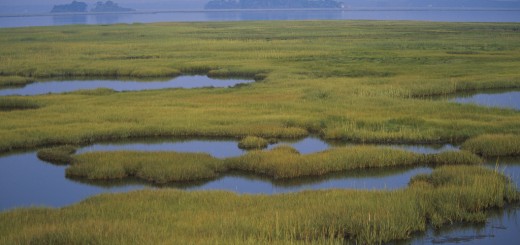Research Brief: Influence of Extreme Heat on Lake Warming in China
0Global climate change has led to increases in the frequency and severity of extreme heating events across the globe. While these events are known to have severe impacts on human and environmental health, the influence of extreme heat days on lake resources is still largely unknown.

Lake Khovsgol in Mongolia (Credit: tiarescott via Flickr CC BY 2.0)
A 2024 study published in Nature Communications sought to better understand the influence of extreme heat on lake warming. Due to the significance of lakes as a source of municipal drinking water as well as being a vital habitat for many freshwater species, the impact of extreme temperatures must be considered in climate impact studies.
Methods
In total, 2260 lakes in China were observed from 1985 to 2022. The study used a hybrid physically-based/statistical model (Air2Water) to assess the influence of high temperatures on surface water temperatures. Actual lake water surface temperatures were pulled from Landsat data sets and then entered into the model as a baseline of data.
The model simplifies all heat flux components, modeling lake surface water temperature data using only air temperature observations.1 This allowed the researchers to simulate conditions if extreme heat days were removed or decreased.
Results
The study found “that heat extremes are increasing at a rate of about 2.08 days/decade and an intensity of about 0.03˚ C a decade in China.”1 In terms of lake water surface temperature specifically, extreme heat had a considerable impact, contributing to 36.5% of warming trends within the studied lakes.
Of the lakes observed in the study, the southern region of China exhibited the highest frequency of heat extremes in regard to air temperature, with a total of 552 days in the 38-year study. Lake water surface temperatures were in the 90th percentile of temperature 382 days in the 38-year study.
Under simulated conditions where extreme heat was removed, the number of extreme heat lake temperature days decreased to approximately 314—indicating that extreme temperatures have a significant influence on lake warming.
Due to their significant influence and the growing frequency of extreme heat events due to climate change, rising temperatures must be accounted for in climate impact studies and future environmental considerations.
Source
- Wang, W., Shi, K., Wang, X. et al.The impact of extreme heat on lake warming in China. Nat Commun 15, 70 (2024). https://doi.org/10.1038/s41467-023-44404-7













